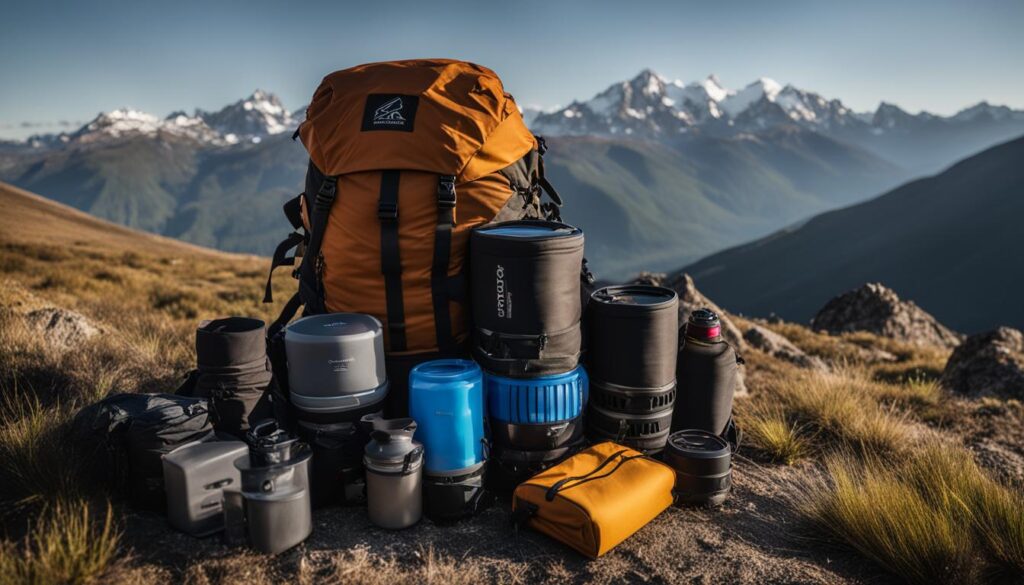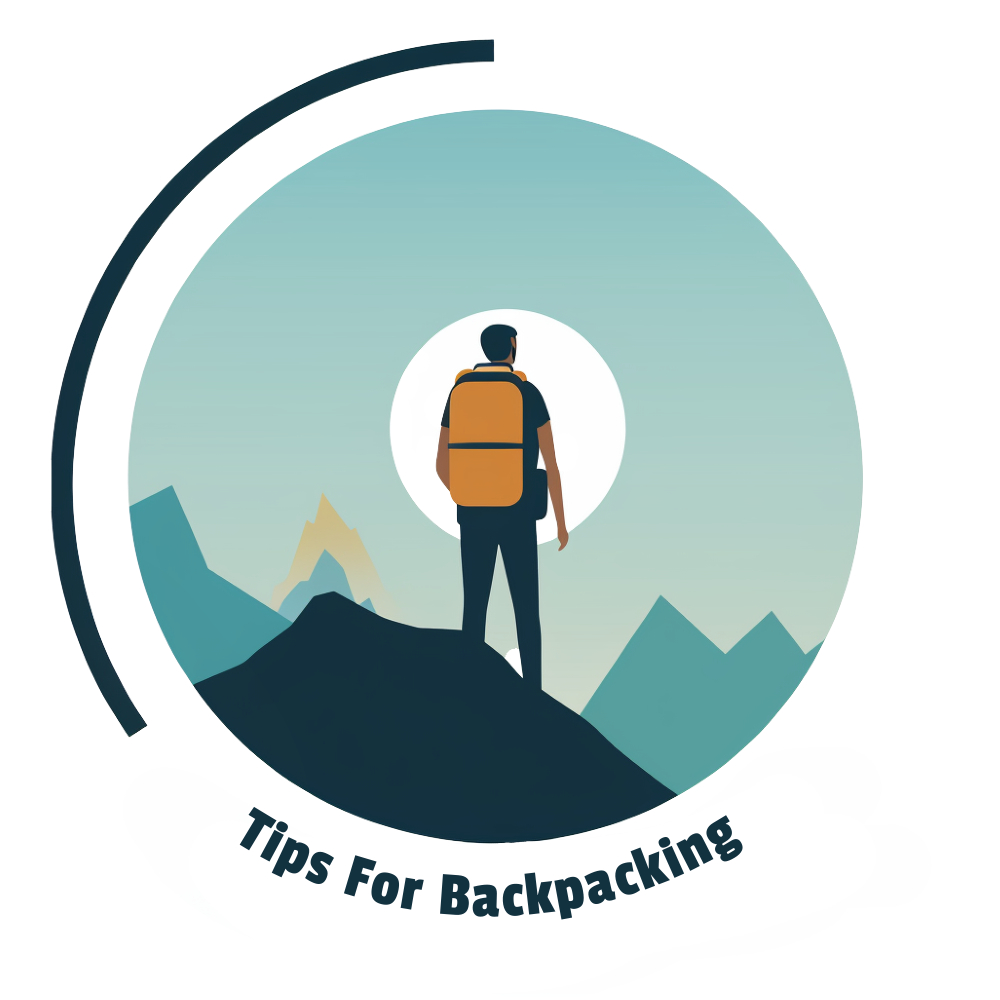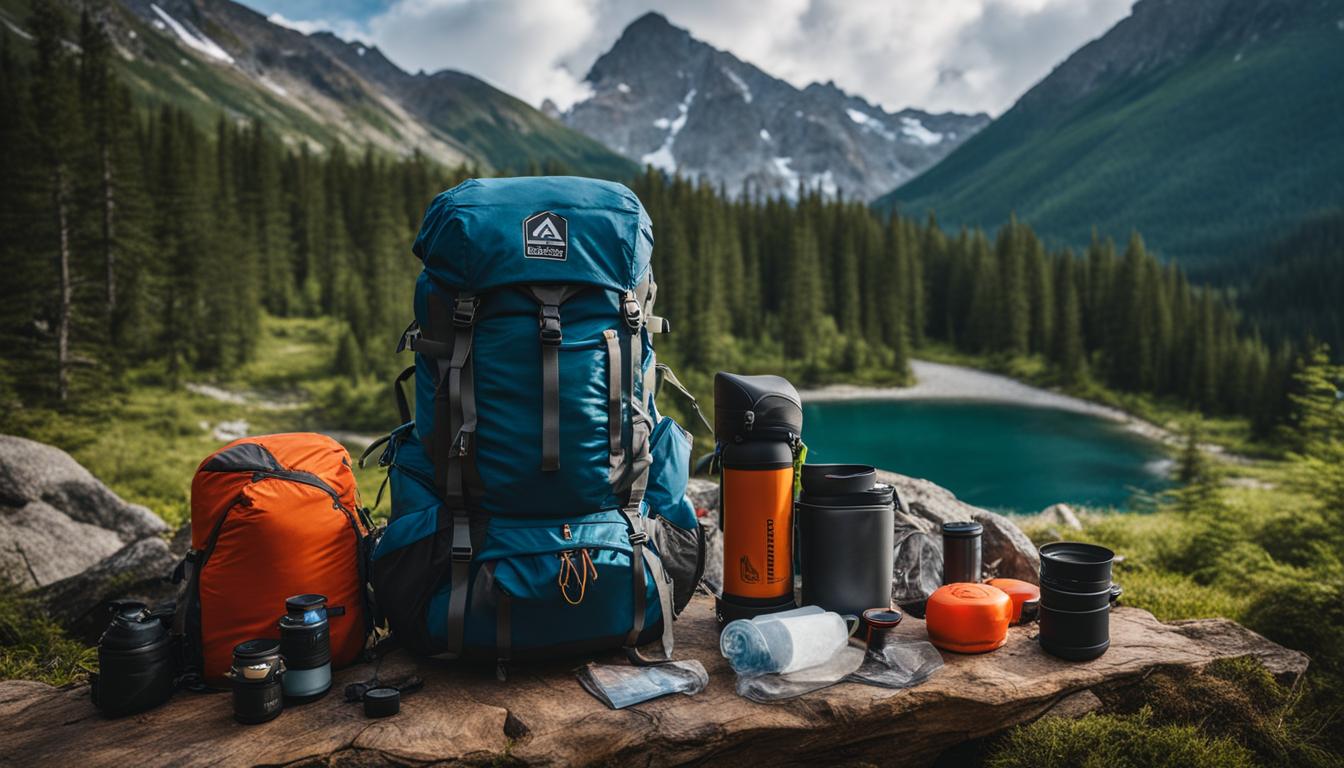When preparing for a multi-day backpacking trip, having the right equipment is essential for ensuring a comfortable and safe experience. Here is a comprehensive list of the must-have gear for your next adventure, based on information from various reliable sources. This list includes equipment for both essential needs and additional items that are typically required for multi-day hikes in the backcountry. By packing smart and investing in quality gear, you can enjoy your backpacking adventure to the fullest.
Key Takeaways:
- Choose the right gear to ensure comfort and safety during multi-day backpacking trips.
- Invest in quality equipment for a more enjoyable experience.
- Consider both essential needs and additional items when planning your backpacking adventure.
- Pack smart and make informed decisions based on reliable sources.
- Enjoy your backpacking trip to the fullest by having the right gear.
Backpacking Gear Essentials: From backpack choices to footwear and clothing

When it comes to preparing for a multi-day backpacking trip, having the right gear is crucial for a successful and enjoyable adventure. In this section, we will explore the essential backpacking gear that should be at the top of your packing list. From choosing the right backpack to selecting suitable footwear and clothing layers, we have got you covered.
Hiking Backpacks
One of the most important items for any backpacking trip is a reliable hiking backpack. Look for a backpack that is spacious enough to accommodate all your gear, yet lightweight and comfortable to carry. Consider factors such as capacity, suspension system, and compartments to ensure a good fit for your needs.
Footwear
Proper footwear is essential for a comfortable and safe backpacking experience. Invest in a sturdy pair of hiking boots or trail shoes that provide excellent traction and ankle support. Choose footwear that is waterproof or water-resistant, especially if you will encounter wet or muddy conditions on your hike.
Clothing Layers
Layering your clothing is key to staying comfortable in various weather conditions during your backpacking trip. Start with a moisture-wicking base layer that keeps your skin dry. Add insulating layers such as fleece or down jackets for warmth and a waterproof and breathable outer shell to protect against wind and rain. Don’t forget to pack extra socks and a hat to keep you warm and protected.
| Essential Backpacking Gear | Recommendations |
|---|---|
| Hiking Backpack | Osprey Atmos AG 65 |
| Footwear | Merrell Moab 2 Mid Waterproof Hiking Boots |
| Base Layer | Patagonia Capilene Midweight Crew |
| Insulating Layer | Arc’teryx Atom LT Hoody |
| Outer Shell | Outdoor Research Helium II Rain Jacket |
Remember, these are just recommendations and there are various options available in the market. Consider your personal preferences, budget, and specific requirements when choosing your backpacking gear.
Now that we have covered the backpacking essentials, let’s move on to the additional gear and considerations that can enhance your overall experience and ensure your safety on the trail.
Additional Gear and Considerations: From navigation tools to hygiene items
What are the most important items to pack for a multi-day backpacking trip to ensure comfort and safety?
When preparing for a multi-day backpacking trip, it’s crucial to have the ultimate backpacking gear checklist. Essentials include a reliable tent, sleeping bag, and sleeping pad for a good night’s sleep. Don’t forget a stove, fuel, and cooking utensils for meals. Proper clothing, navigation tools, and a first aid kit are also essential.
Additional Gear and Considerations: From navigation tools to hygiene items
When planning for a multi-day backpacking trip, there are a few additional items and considerations that can greatly enhance your overall experience. Let’s take a look at some of them.
Navigation Tools:
Having reliable navigation tools is crucial when venturing into the backcountry. A map and compass are essential, but you may also consider investing in a handheld GPS device or a GPS-enabled smartwatch for added convenience. These tools will help you stay on track, especially when the trail markings are scarce or unclear.
Emergency Gear:
Safety should always be a top priority. Pack a well-stocked first aid kit that includes items like bandages, antiseptic wipes, pain relievers, and any personal medications you may need. Additionally, consider carrying an emergency shelter, such as a lightweight tent or a bivy sack, in case you need to take shelter due to unforeseen circumstances.
Hygiene Items:
Staying clean and fresh on the trail can make a significant difference in your overall comfort. Pack some biodegradable soap, a small towel, and a travel-sized toothbrush and toothpaste. It’s also a good idea to bring a compact trowel for digging catholes to properly dispose of human waste, following Leave No Trace principles.
Extra Clothing and Rain Gear:
Weather conditions can change rapidly in the mountains, so it’s important to be prepared. Pack extra clothing layers, including a warm hat, gloves, and a thermal base layer. Additionally, bring a lightweight and waterproof rain jacket and pants to protect yourself from unexpected rain showers.
By considering these additional gear items and factors, you can ensure a more enjoyable and safe multi-day backpacking experience. Remember to always research the specific requirements and conditions of your chosen trail, and adjust your packing list accordingly.

